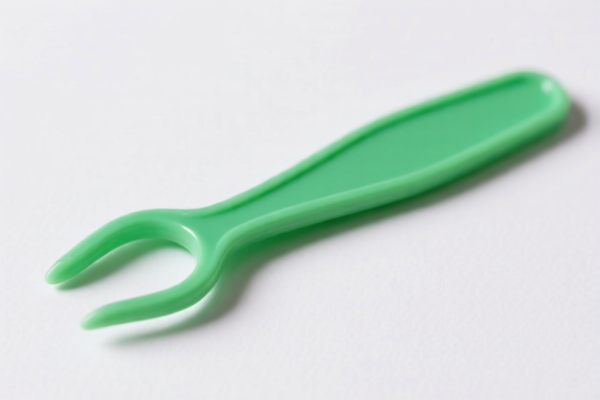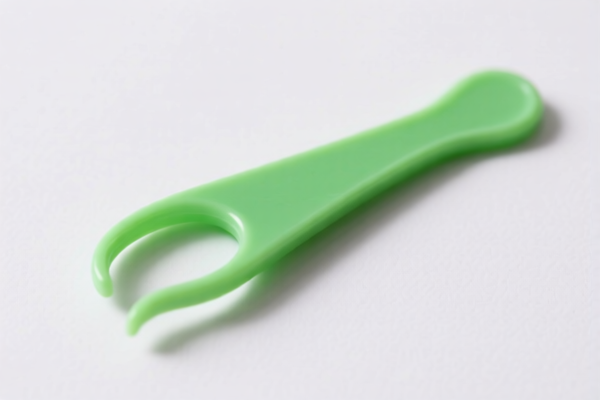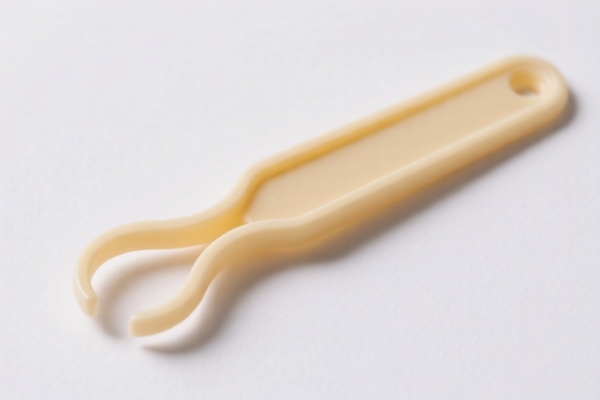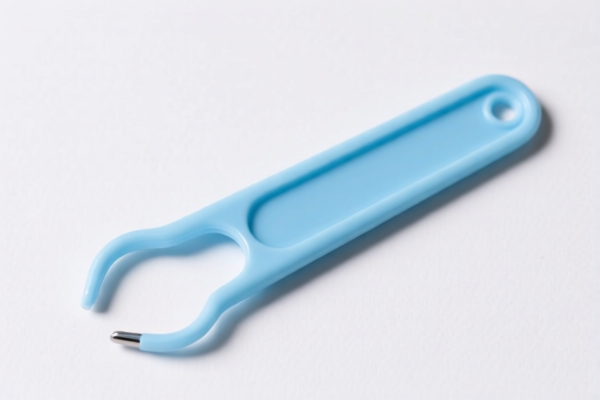| HS Code | Official Doc | Tariff Rate | Origin | Destination | Effective Date |
|---|---|---|---|---|---|
| 8201300010 | Doc | 55.0% | CN | US | 2025-05-12 |
| 8201906000 | Doc | 55.0% | CN | US | 2025-05-12 |
| 8203206030 | Doc | 12¢/doz. + 5.5%+55.0% | CN | US | 2025-05-12 |
| 8203206060 | Doc | 12¢/doz. + 5.5%+55.0% | CN | US | 2025-05-12 |




Metal Picker
A metal picker, also known as a magnetic pickup tool, is a tool used to retrieve metallic objects from locations that are difficult or unsafe to reach directly. It typically consists of a shaft with a strong magnet at one end.
Material:
- Magnet: The core component is a powerful magnet, commonly neodymium (rare-earth) magnets due to their high strength. Ferrite magnets are also used in some applications, offering a lower cost but reduced strength.
- Shaft: Shafts are typically made of steel, aluminum, fiberglass, or plastic. Steel provides durability, while aluminum and fiberglass offer lighter weight and corrosion resistance. Plastic is used for non-conductive applications.
- Handle: Often constructed from plastic or rubber for a comfortable and secure grip.
- Housing/Casing: May be present to protect the magnet and provide a more robust construction, often made of steel or aluminum.
Purpose:
The primary purpose of a metal picker is to safely retrieve ferrous (iron-containing) and often non-ferrous metallic objects without the need for manual handling or reaching into potentially hazardous areas.
Function:
Metal pickers utilize magnetic attraction to adhere to metallic objects. The strength of the magnet determines the weight and size of the objects that can be lifted. The shaft allows the user to extend their reach and manipulate the pickup tool. Some models include features like adjustable extension, rotating heads, or trigger-release mechanisms.
Usage Scenarios:
- Automotive Repair: Retrieving dropped bolts, nuts, and other small metallic parts from engine bays, under vehicles, or in hard-to-reach areas.
- Construction & Demolition: Picking up nails, screws, and other metallic debris from construction sites.
- Welding: Collecting weld splatter and metallic shavings.
- Maintenance & Repair: Retrieving tools or parts that have fallen into machinery or confined spaces.
- Scrap Metal Recovery: Sorting and collecting ferrous metals.
- Security/Law Enforcement: Searching for metallic objects.
- Household Use: Retrieving dropped items from drains, under furniture, or in other inaccessible areas.
- Marine Applications: Recovering metallic objects from the bottom of bodies of water (specialized models).
Common Types:
- Telescoping Metal Pickers: Adjustable shaft length for extended reach. The most common type.
- Flexible Metal Pickers: Feature a flexible shaft, allowing access to highly curved or confined spaces. Often used in plumbing or automotive work.
- Heavy-Duty Metal Pickers: Designed for lifting larger or heavier metallic objects, often used in construction or industrial settings.
- Rotating Head Metal Pickers: Allow the magnet to be rotated for easier access and manipulation.
- LED Light Metal Pickers: Equipped with an LED light to illuminate the retrieval area.
- Trigger-Release Metal Pickers: Feature a trigger mechanism to release the magnet and drop the object.
- Waterproof Metal Pickers: Designed for use in wet environments or underwater applications.
- Small Handheld Metal Pickers: Compact and lightweight for general household use.
Metal pickers fall under the category of hand tools used for various purposes, potentially including agriculture, horticulture, forestry, or general use. Based on the provided information, the following HS codes may be relevant:
-
8201300010: This HS code covers mattocks, picks, hoes and rakes, and parts thereof.
82represents Chapter 82, which includes hand tools.01indicates tools of a kind used in agriculture, horticulture or forestry.300010further specifies mattocks, picks, hoes and rakes. If the metal picker is designed for agricultural use (e.g., collecting crops), this code may apply. The total tax rate is 55.0%, comprised of a 0.0% base tariff, a 25.0% additional tariff, and a 30% additional tariff effective after April 2, 2025. -
8201906000: This HS code covers other handtools of a kind used in agriculture, horticulture or forestry, and parts thereof.
82represents Chapter 82, which includes hand tools.01indicates tools of a kind used in agriculture, horticulture or forestry.906000further specifies other handtools. If the metal picker is used in agriculture, horticulture, or forestry but doesn’t fall into the more specific categories listed under8201300010, this code may be applicable. The total tax rate is 55.0%, comprised of a 0.0% base tariff, a 25.0% additional tariff, and a 30% additional tariff effective after April 2, 2025. -
8203206030: This HS code covers pliers (including cutting pliers), pincers, tweezers and similar tools, and parts thereof: Other: Other (except parts) Pliers.
82represents Chapter 82, which includes hand tools.03indicates files, rasps, pliers, pincers, tweezers and similar tools.206030further specifies other pliers. If the metal picker is designed as a type of plier, this code may apply. The total tax rate is 12¢/doz. + 5.5% + 55.0%. -
8203206060: This HS code covers files, rasps, pliers (including cutting pliers), pincers, tweezers and similar tools, and parts thereof: Other: Other (except parts) Other.
82represents Chapter 82, which includes hand tools.03indicates files, rasps, pliers, pincers, tweezers and similar tools.206060further specifies other tools. If the metal picker is designed as a type of tool but not a plier, this code may apply. The total tax rate is 12¢/doz. + 5.5% + 55.0%.
According to the provided reference material, the HS code options related to 'metal picker' are limited, with only the following 4 found.
Customer Reviews
No reviews yet.